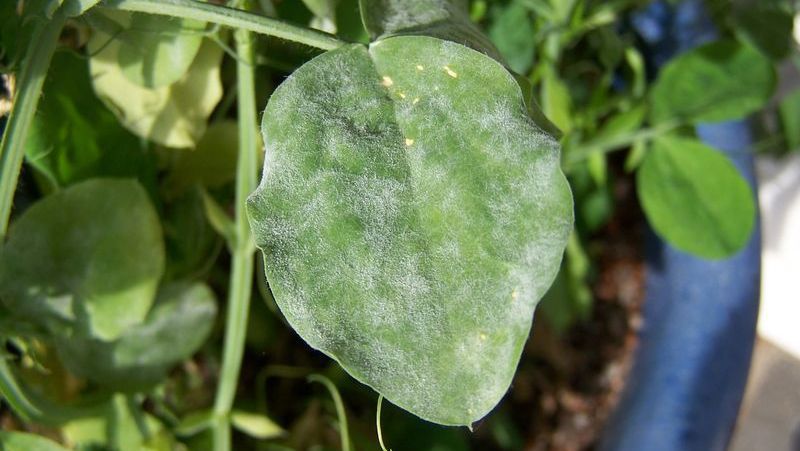Yates Account
Join now
Create a Yates account today!
Sign up to join the Yates Garden Club for monthly e-mails packed with seasonal inspiration, tips for success & exclusive promotions.
Plus if you’re a Garden Club member you can take part in the Yates Growing Community - a blog to share successes, get advice & win prizes in fun challenges along the way!

Forgot password
Enter the email address associated with your account, and we'll email you a new password.
Oidium sp.

What is Powdery Mildew (Vegetables)
Powdery mildew is a fungus which spreads a white or ash-grey film over the upper and lower surfaces of the leaves of plants-usually the older leaves. Powdery mildew fungus favours high humidity and dry conditions. Water splash and air currents spread the spores of powdery mildew which grows on the surface of the leaf only. Powdery mildew is a common disease of roses, crepe myrtles, dahlias, zinnias, calendulas, sweet peas, cucurbits and vine crops. Spray regularly for control in warm and humid conditions.
Symptoms
Appearance of a whitish film on leaves and buds. New growth is distorted and older leaves become blackened. Flower buds may fail to open.













Share
Share this article on social media